Archives
- 2025-10
- 2025-09
- 2025-04
- 2025-03
- 2025-02
- 2025-01
- 2024-12
- 2024-11
- 2024-10
- 2024-09
- 2024-08
- 2024-07
- 2024-06
- 2024-05
- 2024-04
- 2024-03
- 2024-02
- 2024-01
- 2023-12
- 2023-11
- 2023-10
- 2023-09
- 2023-08
- 2023-07
- 2023-06
- 2023-05
- 2023-04
- 2023-03
- 2023-02
- 2023-01
- 2022-12
- 2022-11
- 2022-10
- 2022-09
- 2022-08
- 2022-07
- 2022-06
- 2022-05
- 2022-04
- 2022-03
- 2022-02
- 2022-01
- 2021-12
- 2021-11
- 2021-10
- 2021-09
- 2021-08
- 2021-07
- 2021-06
- 2021-05
- 2021-04
- 2021-03
- 2021-02
- 2021-01
- 2020-12
- 2020-11
- 2020-10
- 2020-09
- 2020-08
- 2020-07
- 2020-06
- 2020-05
- 2020-04
- 2020-03
- 2020-02
- 2020-01
- 2019-12
- 2019-11
- 2019-10
- 2019-09
- 2019-08
- 2019-07
- 2019-06
- 2019-05
- 2019-04
- 2018-11
- 2018-10
- 2018-07
-
br Acknowledgements br Introduction Aminoacyl tRNA synthetas
2022-06-24
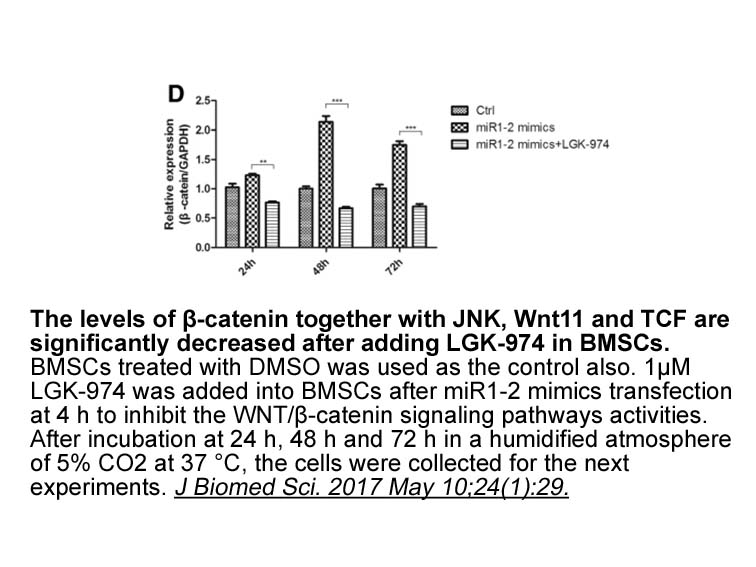
Acknowledgements Introduction Aminoacyl-tRNA synthetases catalyze the formation of an ester bond between an amino Penciclovir and the 3′ end of a tRNA in a two-step reaction. First, the amino acid is activated and an enzyme-bound adenylate intermediate is formed. Then, the amino acid is trans
-
br Materials and methods br Results br
2022-06-24
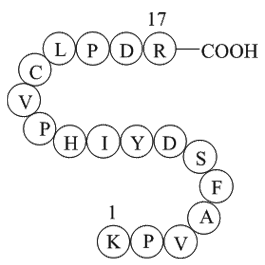
Materials and methods Results Discussion Acknowledgments Introduction As we move into an aging society, there has been a growing interest in neurological disorders [1]. Neurodegenerative diseases such as Parkinson’s disease (PD) and Alzheimer’s disease (AD) cause cognitive malfunction
-
glucokinase Although the ramifications of non additive SAR a
2022-06-24
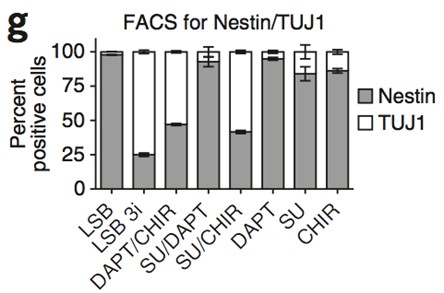
Although the ramifications of non-additive SAR are context-dependent, the knowledge that perturbations in one region of a chemical series are not synergistic with perturbations in another region of the same chemical series is clearly pertinent to any medicinal chemistry effort. In our experience, no
-
br Therapeutic approaches exploiting Cx function Due to
2022-06-24
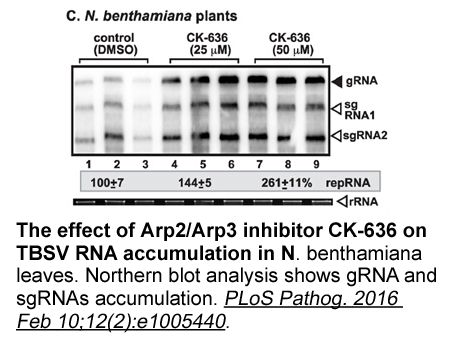
Therapeutic approaches exploiting Cx43 function Due to their potential role in cancer metastasis, attempts have been made to alter connexin function to inhibit cancer growth. Therapeutic approaches include Cx43 peptide mimetics, Cx43 inhibitors, chemical agents capable of enhancing Cx43 function,
-
Inflammatory pain is very common in
2022-06-24
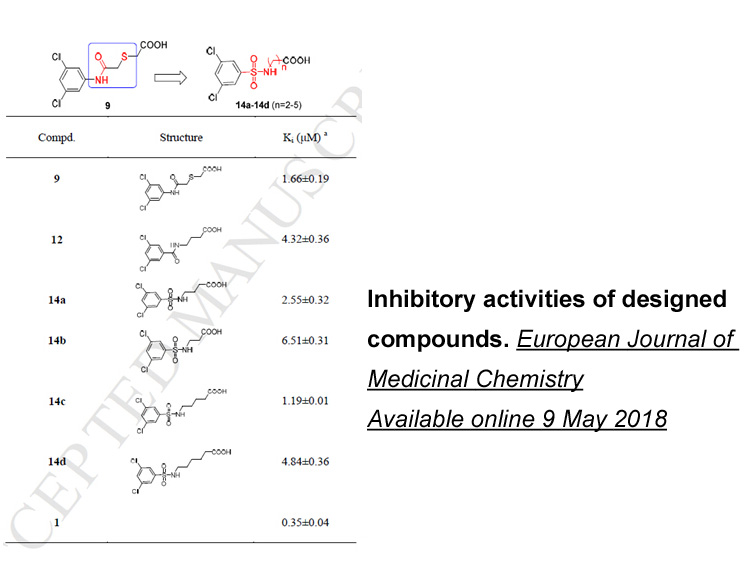
Inflammatory pain is very common in the clinic. A study demonstrated that galanin was upregulated after nerve injury or inflammation (Ma and Bisby, 1997). It has been reported that galanin plays an important role in the transmission of nociceptive information in the spinal cord of rats with inflamma
-
Cellular inhibition is caused by the
2022-06-24
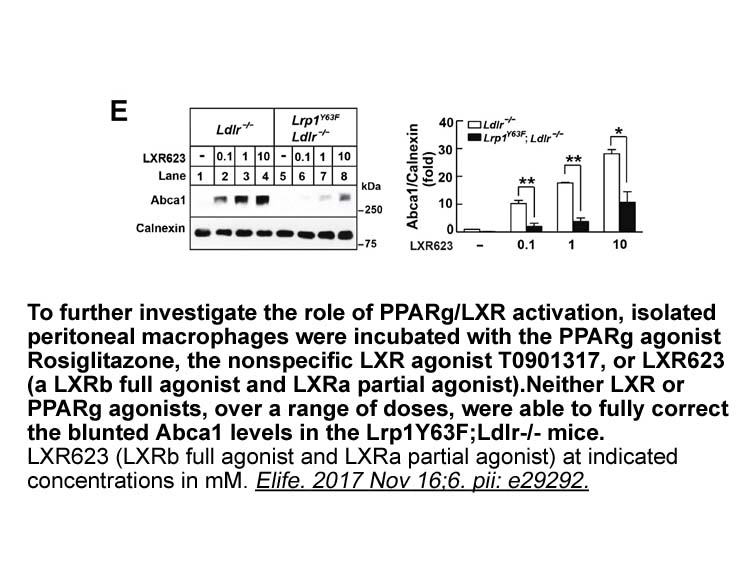
Cellular inhibition is caused by the hyperpolarization of the cell and is mediated by both synaptic and extrasynaptic GABAARs. Synaptic GABAARs are sensitive to high concentrations of GABA released at the synapse and mediate phasic inhibition. In contrast, extrasynaptic GABAARs mediate tonic inhibit
-
uPAR another newly discovered ligand has implicated FPRL as
2022-06-24
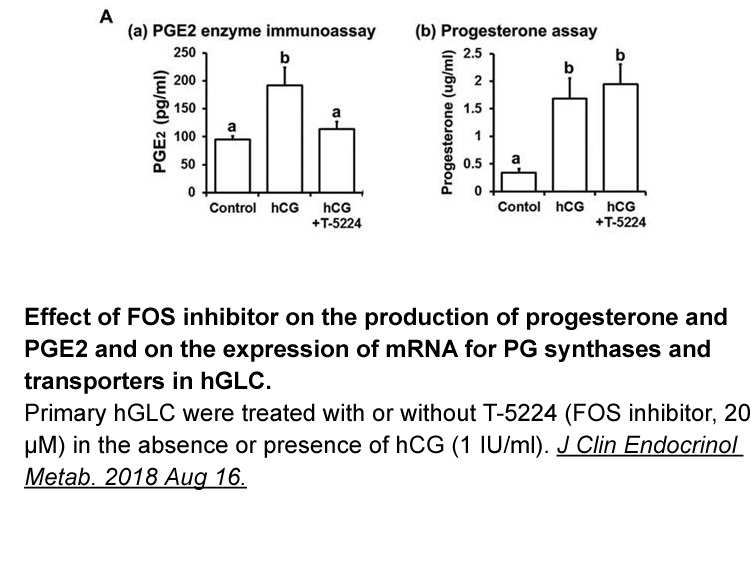
uPAR, another newly discovered ligand, has implicated FPRL1 as a potential link between the fibrinolytic cascade and inflammation. uPA is a serine protease best known for its ability to regulate fibrinolysis and for its importance in tissue remodeling and tumor invasion [49]. However, uPA also induc
-
uPAR another newly discovered ligand has implicated FPRL as
2022-06-24
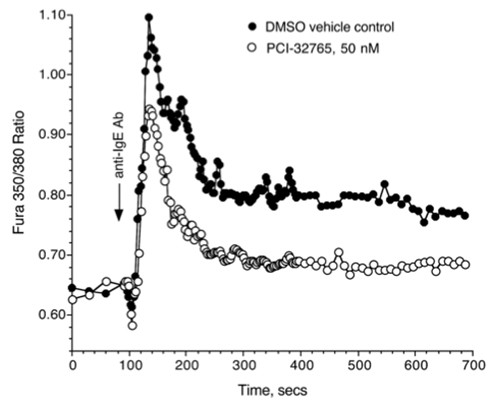
uPAR, another newly discovered ligand, has implicated FPRL1 as a potential link between the fibrinolytic cascade and inflammation. uPA is a serine protease best known for its ability to regulate fibrinolysis and for its importance in tissue remodeling and tumor invasion [49]. However, uPA also induc
-
Receptor tyrosine kinases RTKs consist of subfamilies in
2022-06-24
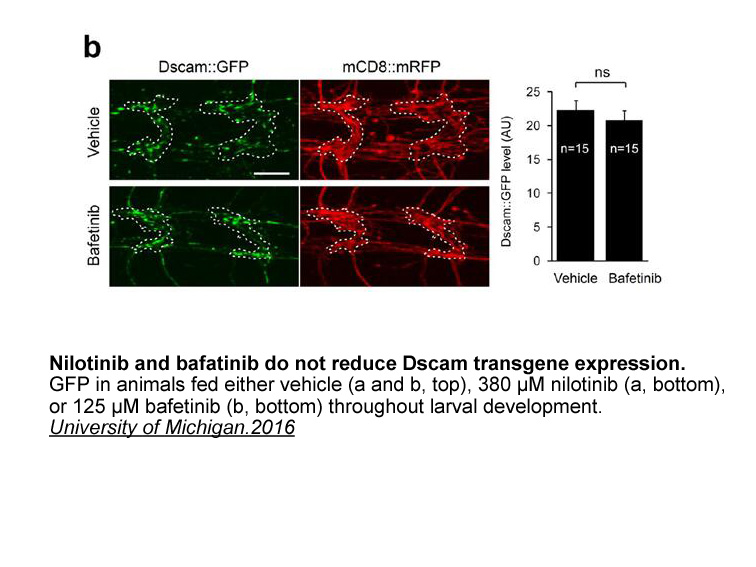
Receptor tyrosine kinases (RTKs) consist of 20 subfamilies in humans, all of which share a common structure consisting of extracellular ligand-binding region, a single-pass transmembrane domain and an intracellular tyrosine kinase domain [2]. Binding of a growth factor to the ligand-binding domain r
-
cathepsin inhibitors In addition we assessed the viability o
2022-06-24

In addition, we assessed the viability of 1,2,3,4-tetrahydroquinoline (13t) and 1,2,3,4-tetrahydroisoquinoline (13u) as the tail on account of our previous SAR results. To our delight, 13t and 13u each had comparable activity to that of 13c, with 13u being slightly more potent than 13c. Further stru
-
br Site of expression FASTK is expressed
2022-06-24
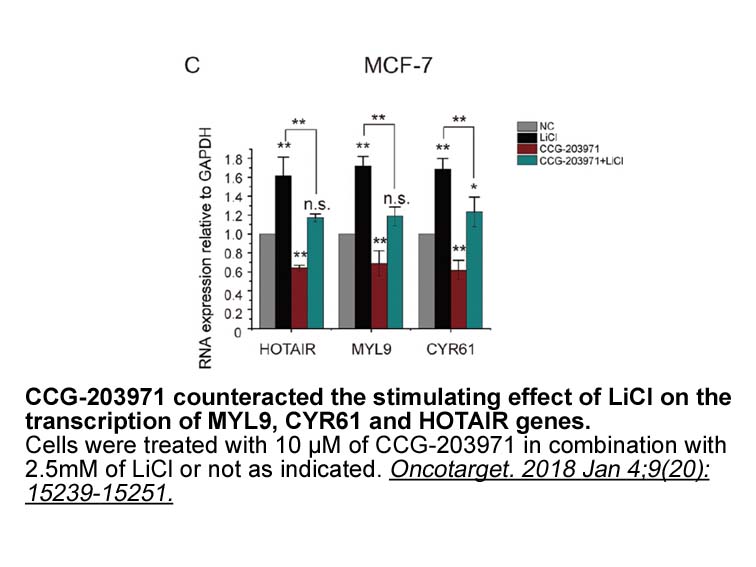
Site of expression FASTK is expressed in various parts of human body including heart, skeletal muscle, brain, placenta, lung, liver, kidney pancreas (Ota et al., 2004) and many other organs (Fig. 1). It has been reported that FASTK is highly expressed in pancreatic tumors, where it is involved in
-
Compounds that induce exocytosis in
2022-06-24

Compounds that induce exocytosis in cultured LEE011 include Ca2+-dependent [14] or Ca2+-independent [15] mechanisms. Ca2+-dependent exocytosis releases soluble enzyme content from lysosomes [16] operating by increasing the cytosolic concentration of Ca2+[13] by recruiting extracellular Ca2+[14], lib
-
br Materials and methods br
2022-06-24
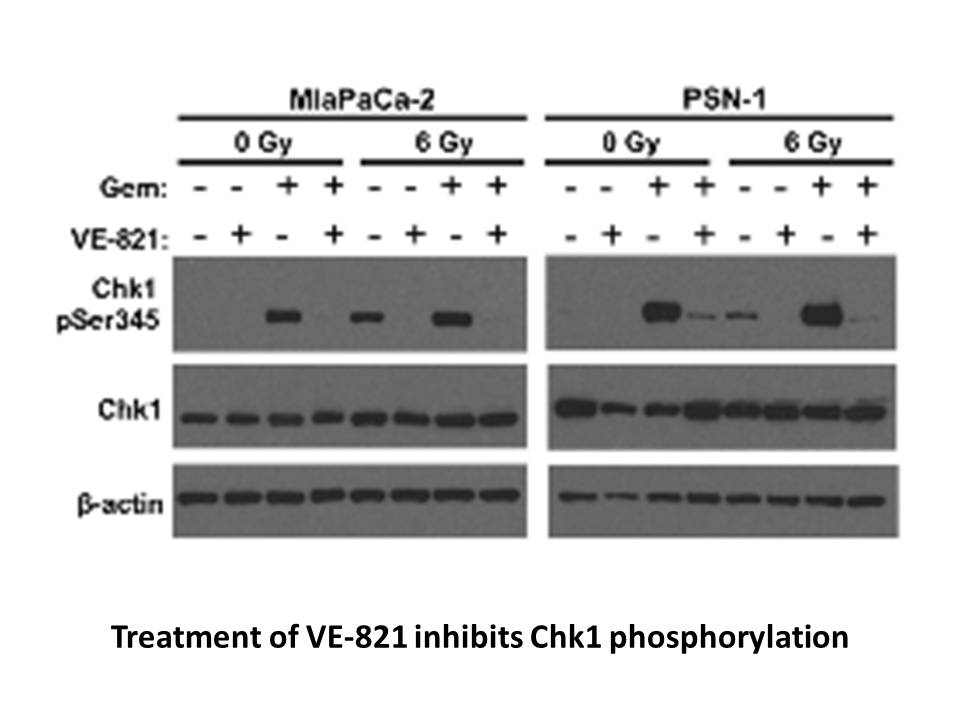
Materials and methods Results Discussion In this study, we demonstrated that, at the level of hREECs, blockade of the ETA receptor partially inhibited the effect of NPY on the secretion of ET-1. This suggests that the secreted ET-1 by NPY contributes, in part, to its own secretion via activ
-
The overall response rate to afatinib is comparable
2022-06-23
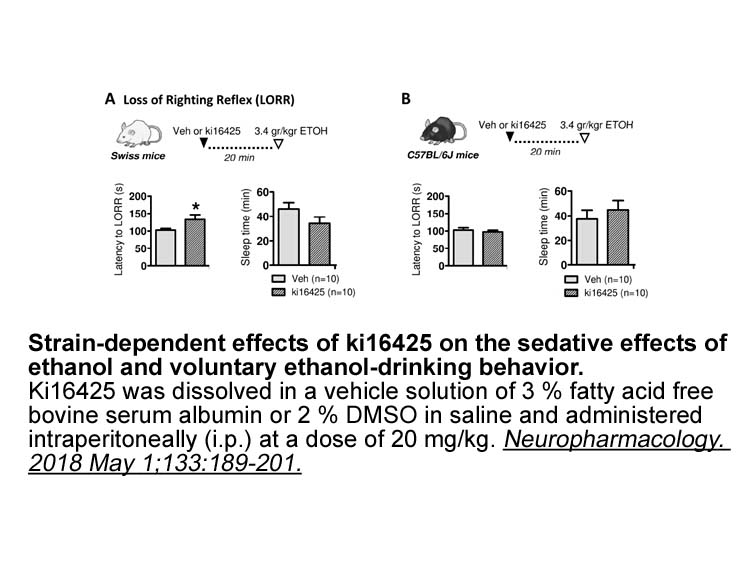
The 13% overall response rate to afatinib is comparable to a 19% response rate reported by Peters et al. [20] in a separate retrospective series investigating the use of afatinib in more heavily pretreated patients with HER2-mutant lung adenocarcinomas. Our 13% response rate is also comparable to an
-
The zinc dependent HDACs are classified into four
2022-06-23
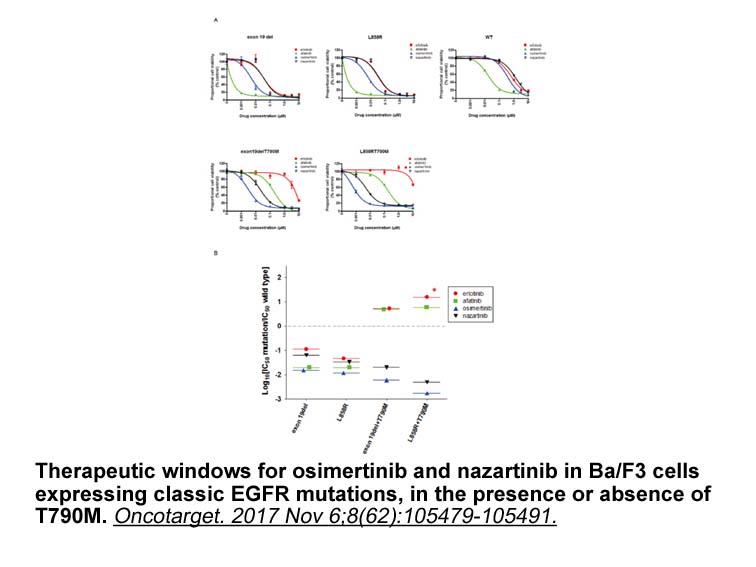
The zinc-dependent HDACs are classified into four groups based on their structure, complex formation, and expression pattern: class I (HDAC1, HDAC2, HDAC3, and HDAC8), class IIa (HDAC4, HDAC5, HDAC7, and HDAC9), class IIb (HDAC6 and HDAC10), and class IV (HDAC11) [16]. We recently reported on a cyto
16256 records 434/1084 page Previous Next First page 上5页 431432433434435 下5页 Last page